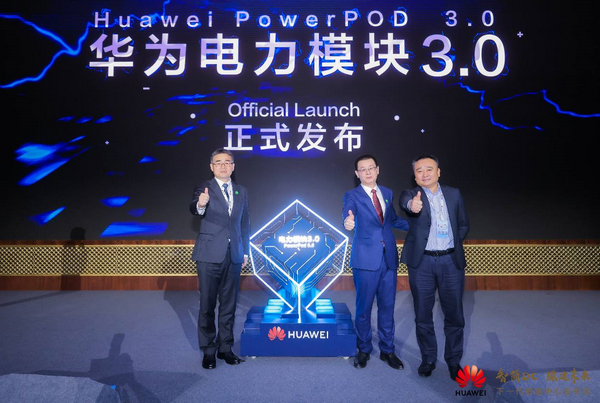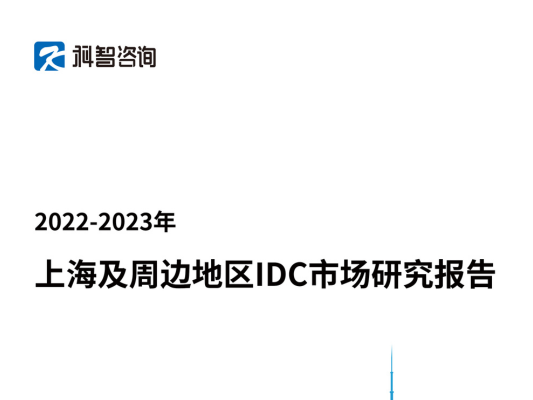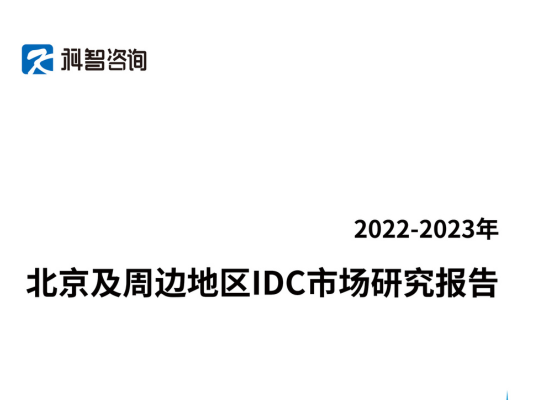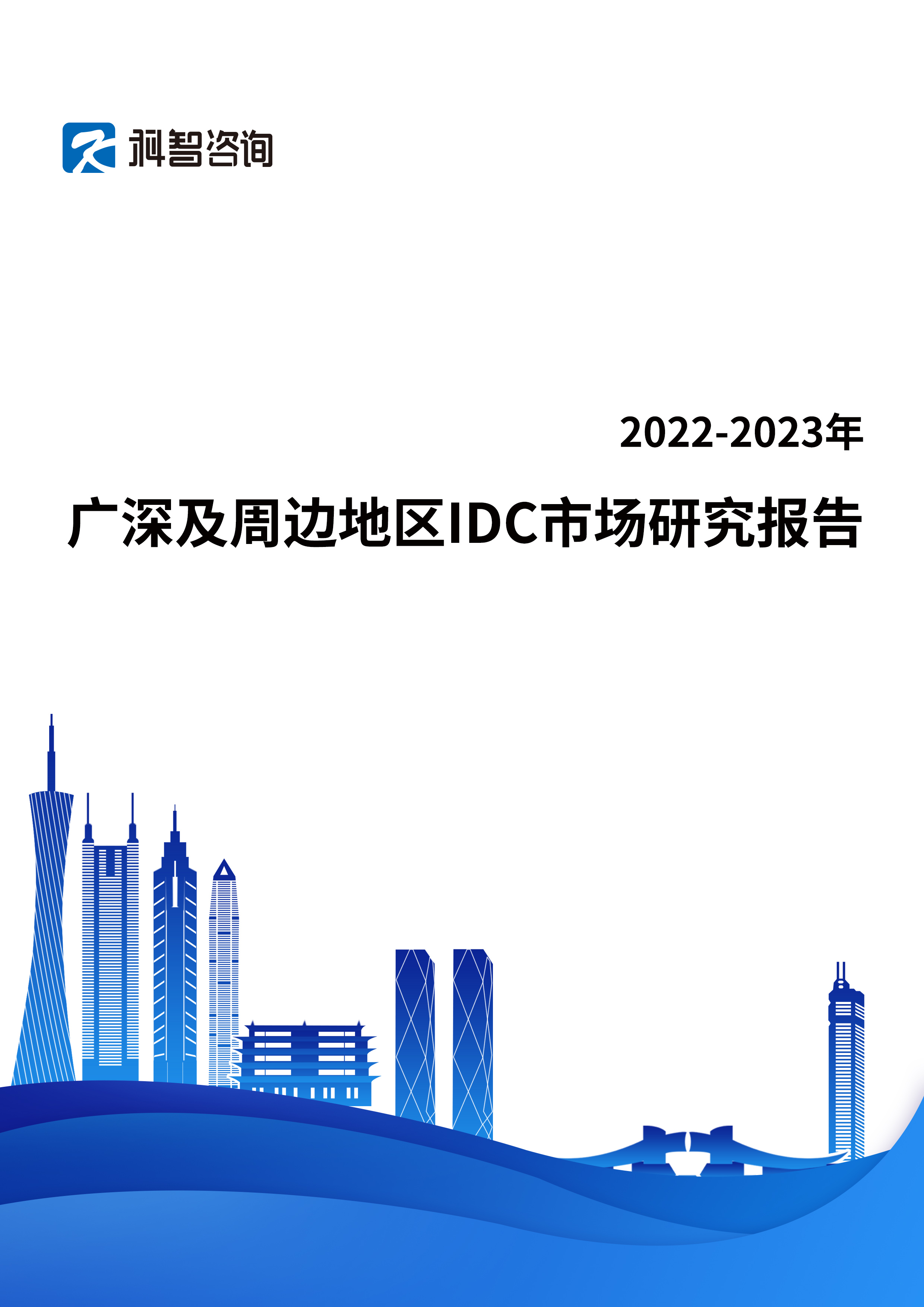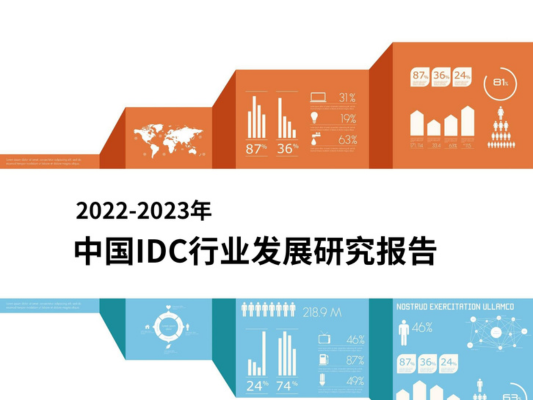On May 26, 2022, at the launch of Huawei's next-generation data center, FEI Zhenfu, CTO of Huawei's Data Center Energy Corps, released a new generation of PowerPOD 3.0 solutions. A data center power supply system that saves land, power, time and labor.
Defining the Next Generation of Data Centers
Yang Yougui, Senior Vice President of Huawei Technologies Co., Ltd. and CEO of Huawei Data Center Energy Corp., officially launched the pioneering concept of the next-generation data center. He said that since this year's Huawei Songhu Symposium, Huawei has conducted in-depth discussions and exchanges with global industry leaders and technical experts on the evolution path of future data centers, reached important consensus, and summarized and refined the next-generation data center. Four characteristics: low-carbon symbiosis, minimal integration, autonomous driving, safety and reliability.
Low-carbon symbiosis: "All-green, all-efficient, and all-recycling" reflects the harmonious symbiosis between the data center and the natural environment. It aims to achieve sustainable development by promoting the greening of the source of data center resources, the efficient utilization and the recyclability of the whole life cycle. At the same time, the future data center will move from a PUE-only theory to a multi-dimensional evaluation system including PUE, CUE, GUE, and WUE.
Convergence and simplicity: "The architecture is simple, the power supply is simple, and the temperature control is simple", which explains the evolution of the data center's own form. Through the minimalist architecture, new forms of buildings and computer rooms are nurtured, and the construction period of a data center with 1,000 cabinets has been reduced from more than 18 months to 6~9 months, shortening by 50%; The delivery time is shortened from 2 months to 2 weeks; through the simplicity of temperature control, the natural cold source is maximized, and the heat exchange is changed from multiple heat exchanges to one heat exchange, shortening the cooling chain and improving the cooling efficiency.
Autonomous driving: "Automatic operation and maintenance, self-optimization of energy efficiency, and autonomous operation" reconstruct the management mode of data center operation and operation. Through automatic operation and maintenance, the inspection of 2,000 cabinets can be completed in 5 minutes; through self-optimization of energy efficiency, the optimal cooling strategy can be deduced from 1.4 million algorithm combinations within 1 minute, realizing from cooling to "smart" cooling; through operation autonomy, maximize the resource value.
Safe and reliable: "active safety, architecture safety" guarantees the high-quality and sustainable development of the data center. Through AI predictive maintenance, active safety is realized, from "treatment" to "preventive treatment"; through system automatic fault response, "1 minute discovery, 3 minutes analysis, 5 minutes business recovery" is realized, and the fault is quickly closed-loop. Through architectural security, from the device to the DC, the security line of defense is built in all directions, so that the system availability can reach 99.999%.
Innovation Never Stop: PowerPOD 3.0
At the meeting, Fei Zhenfu, CTO of Huawei Data Center Energy Corp., released a new generation of PowerPOD 3.0 solutions. Through core technology innovation and component integration, the layout was optimized to create a more land-saving, power-saving, time-saving, and worry-free data center. power supply system.
Land saving: 40% of the floor space is saved. By adopting an innovative converged architecture and the industry's ultra-high-density UPS 5000-H, the power density of a single cabinet is improved, and the space layout of the power supply system is optimized. From 22 cabinets to 11 cabinets, the floor space is greatly reduced. Taking a 12MW data center as an example, compared with the traditional Zanji power supply solution, the space saved by the power module 3.0 solution can be deployed more than 170 cabinets.
Power saving: Power consumption is reduced by 70%. The link efficiency of the traditional power supply scheme is usually not higher than 94.5%, while the PowerPOD 3.0 shortens the link, and the full link efficiency reaches 97.8%. At the same time, the UPS 5000-H intelligent online mode efficiency reaches 99.1%, which can effectively reduce power loss. Taking a 12MW data center as an example, the use of Power Module 3.0 can save nearly 2 million in electricity bills per year.
Time saving: Lead time reduced from 2 months to 2 weeks. The traditional power supply scheme requires on-site connection of 35 copper bars and 180 cables. The project quality risk is high, the cycle is long, and it takes two months to complete the delivery; the internal connection of the power module 3.0 adopts prefabricated bridge-type busbars, and the prefabricated and Commissioning, on-site construction can be completed in 2 weeks, which helps customers to quickly launch their business.
Peace of mind: SLA failure rate is reduced by 38%. Based on the concept of "autonomous driving" and combined with AI technology, the PowerPOD 3.0 is equipped with iPower intelligent features, with full chain visibility, as well as double-layered reliable designs such as AI temperature prediction, key component life prediction, and intelligent tuning. The transition from passive" to "automatic self-prediction".
The development of data centers shows a trend of high density and scale. As the "heart" of the data center, the power supply system must not only ensure the safety and reliability of the entire life cycle, but also integrate and innovate all equipment in the power supply chain to meet the growing demand. , enter the era of “Simplicity", and create greater value for customers.

